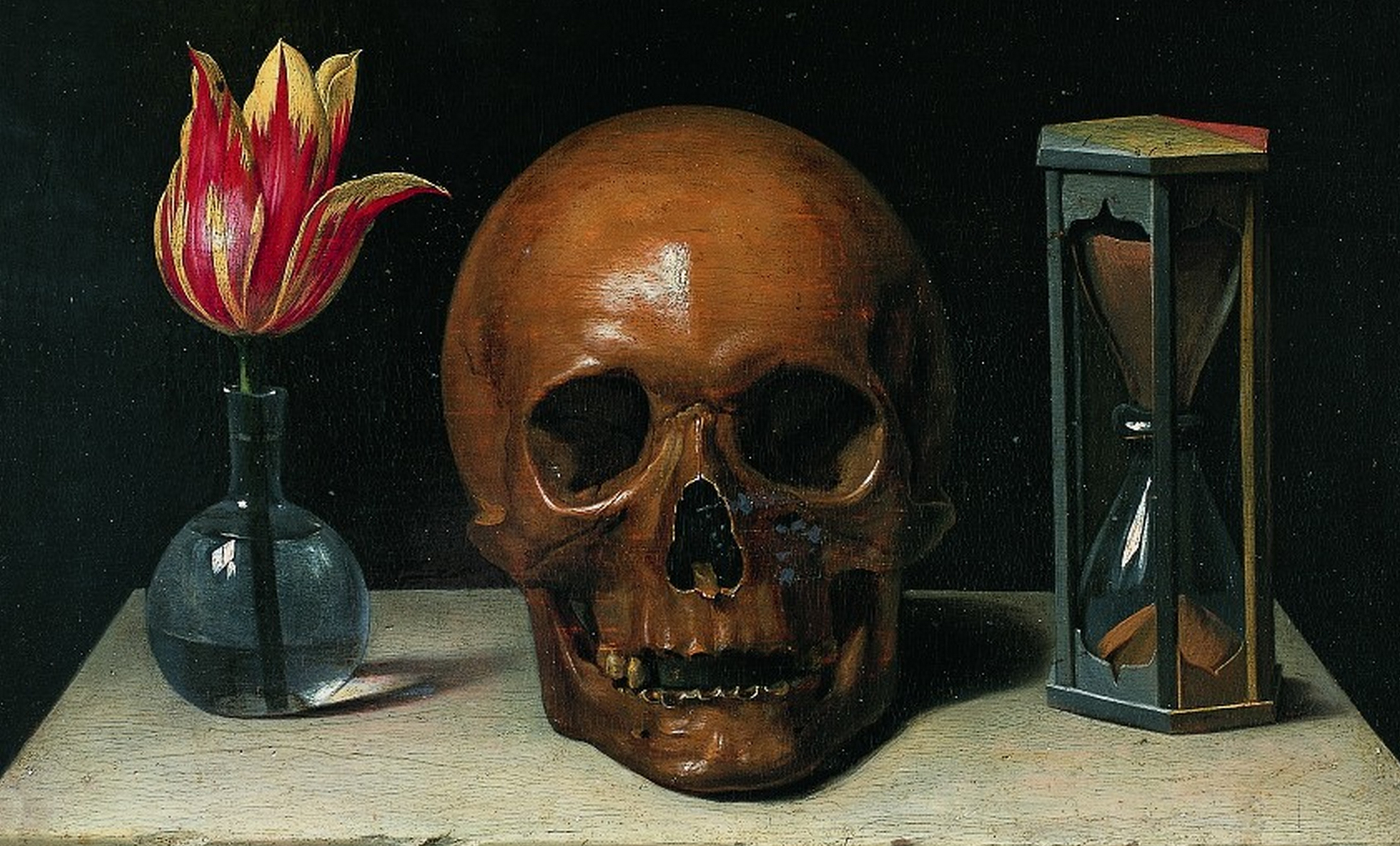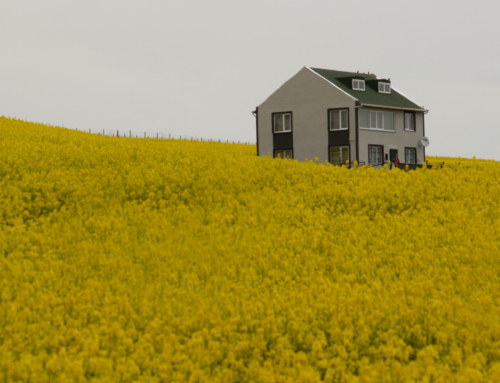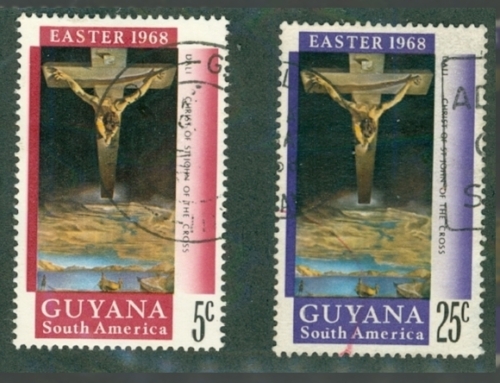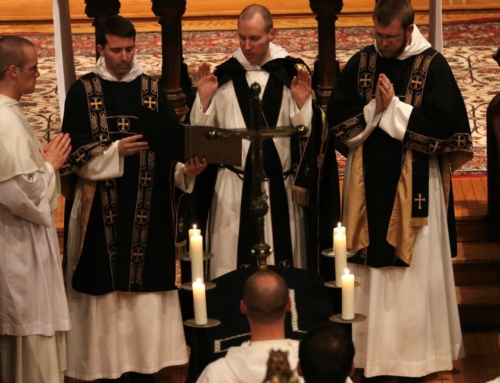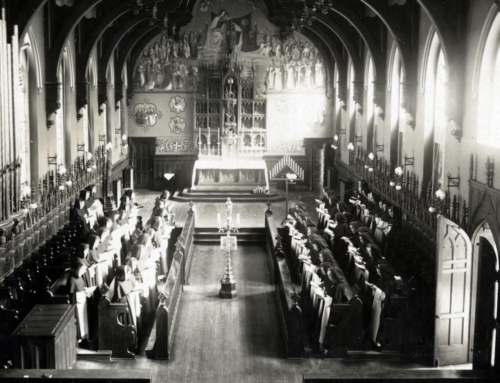When Jesus saw her weeping, and the Jews who came with her also weeping, he was deeply moved in spirit and troubled; and he said, “Where have you laid him?” They said to him, “Lord, come and see.” Jesus wept. So the Jews said, “See how he loved him!” (John 11:33-36)
A few weeks ago, I had the privilege to speak with a fellow religious during an afternoon excursion. As we walked the grounds of St. Anselm’s Abbey in Washington, D.C., following winding paths through trees skirted with pools of autumn gold, I could not help but observe the pronounced differences between us. We doubtless appeared a bit strange at first glance, he wearing the black habit, and I, the white. When the wind blew, he held the distinctive hood of an English Benedictine habit in place, while I tamed the erratic flight of my scapular. When I tried to avoid—unsuccessfully—the sludge found on the trail, he passed through with little concern, overlooking the potential disaster of his confrere in white. But for the span of a conversation, these respective oddities and differences of religious observance became, as it were, secondary.
The path, surely formed by monks of the abbey on walks such as this, weaved through undeveloped acres of the monastery property. From time to time, my comrade would interrupt the regular flow of conversation in order to point out something particularly dear to his community. When we passed an icon of the Blessed Virgin in a small cove on the edge of the property, he smiled knowingly, for he had frequented the shrine many times in the past, finding recourse in the Mother of God and comfort in the praying of her Rosary. I smiled in return, acknowledging our mutual love for the Madonna. As we continued along the beaten path, we passed large, numbered crosses on our right and on our left. At this juncture, the path ascended a small hill on the top of which stood the fourteenth cross, representative of the Fourteenth Station, the Burial of Our Lord in the Tomb. And there before us, in simple guise, was something unexpected: the cemetery of St. Anselm’s Abbey.
The day before, I had accompanied some thirty Dominican Friars to pray at the graves of our departed brethren in Washington, D.C. The bodies of the deceased now rest on a circular plot of land overlooking the nation’s capital at Mount Olivet Cemetery. Though I had never met them, having entered the Order long after most had preached their last, I am nonetheless their brother, and they, mine. Since entering religious life, I have learned that fraternity does not yield to death; rather, fraternity endures, especially in the Order of Preachers. In fact, we have inherited a robust tradition of praying for the souls of our departed brethren, and it remains (to this day) a distinctive feature of Dominican life. So we friars approached the graves of our religious forebears with reverential silence, implicit and understood. We then chanted the Office of the Dead and intoned the Salve Regina, imploring Our Lady to intercede for men whose names produce no memories, save for the inscription of “O.P.” on each tombstone.
In such wise, I found myself at St. Anselm’s Abbey, having visited the cemetery of my deceased brethren only hours ago. I thus watched the Benedictine monk approach the tombstones of his compatriots. By way of several, long steps, he crossed the length of the cemetery and stood with back erect and arms across his chest.
“Here, Brother Maximilian, is where I will be buried.”
I then realized something quite obvious, but nonetheless original to my way of thinking. I, too, will someday arrive at the end of my earthly pilgrimage, and—I pray to God—–will be buried near or alongside others who, more than likely, I will have known personally. Notwithstanding other possibilities, future student brothers may visit my grave and struggle to pronounce my Polish surname correctly.
While I do not know where I will be buried, I can assuredly say that it will be with my brethren.
✠
Image: Philippe de Champaigne, Still Life with a Skull.

